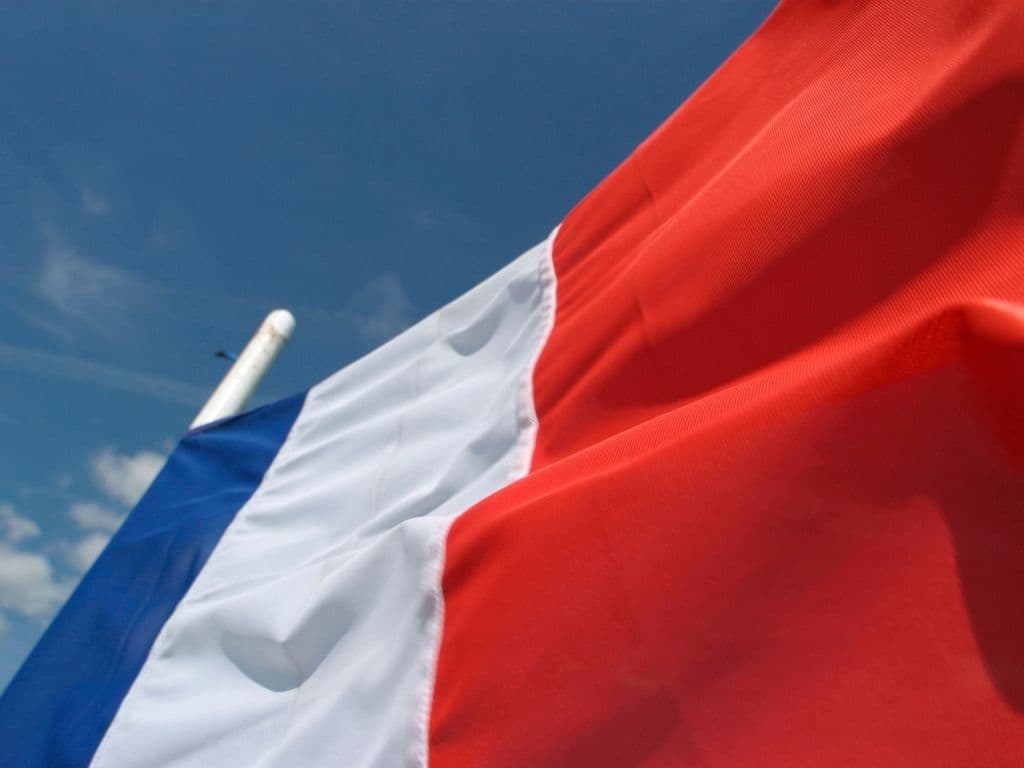The maddening smile of Leonardo Da Vinci’s Mona Lisa has puzzled art historians, lovers and even the casually interested. It wasn’t just her smile that drove people crazy, it was her anonymity. Though there have been theories throughout the years about her real identity, the matter was finally settled in 2005.
Mona Lisa is not French. Mona Lisa was, in life, most likely a portrait of Italian Noblewoman Lisa Gherardini, however, Da Vinci never gave it to her husband. Though it is not French, Mona Lisa was acquired by King Francis I and permanently sits in the Louvre in Paris.

In this blog, we’ll discuss the origin of the painting’s subject and then revisit its stay in the Louvre, which wasn’t always safe.
Is Mona Lisa French?
The reason so many people wonder aloud, “Is Mona Lisa French?” is an understandable mistake. It has been in the Louvre since 1797, so it’s only natural to assume it is native to the country.
However, even the name of the painting signifies its ethnicity. The word “Mona” in Italian is similar to the polite, informal version of “Ma’am” or “milady”. Thus, the painting translates into Miss Lisa, or Lady Lisa.
We have come to learn this information thanks in part to Renaissance art historian Georgio Vasari. In his biography of Da Vinci in 1550, Vasari notes that Da Vinci had gifted his assistant a similar, perhaps early version of the portrait that he had titled La Gioconda.
Who Was Lisa del Giacondo?
Lisa del Giacondo was born Lisa Ghirardini. The Gherardini family, from Florence and Tuscany, were once aristocrats who had lost their sway by the time Lisa was born. At 15, Ghirardini married a wealthy silk merchant named Francesco del Giacondo.
It’s reasonable to assume that Francesco had some influence beyond just the silk market, as it was rumored that he had ties to the Medici political dynasty. Like any family of power, that kind of influence meant ties to the art community both as patrons and lovers.
The painting was believed to have been commissioned for the couple’s new home and to celebrate the birth of their second son, Andrea. Da Vinci, at the time, appeared to have no means of financial support, so it’s logical that a private portrait would be of interest to the artist.
The one area of Lisa and Francesco’s life in which there’s no real clarity is their death. Some accounts have Francesco dying young of the plague, others claim they both lived to their 70s.
Giaconda is literally translated as “happy or jovial”. That it is also the feminine version of her last name is a fitting twist.
Was The Mona Lisa Ever Stolen?
After the French Revolution, the painting was moved to the Louvre, however it did adorn the bedroom of Napoleon Bonaparte. The Mona Lisa didn’t catch fire the moment it was unveiled. It was mostly only known to art critics.
It wasn’t until the 1860s, when French writers began hailing hit as a work of brilliance, that it started to gain attention. It took until 1911 before that word had gotten to the layperson, at which time it was stolen from the Louvre.
Pablo Picasso was even brought in for questioning, though it turned out the thief was Vincenzo Peruggia, a self-described Italian patriot who worked at the Louvre and sought to return it to its native land.
There was at least one other known attempt to steal it, though it failed miserably and the painting was moved behind bulletproof glass to better protect it.
Where Can I See The Mona Lisa?
The Mona Lisa is second perhaps only to Starry Night in reputation. Starry Night, however, is much easier to see.
It still resides inside the Louvre in Paris, and barring any future wars that may require removal for safekeeping, it’s likely to stay there. Currently, however, seeing it can actually be a bit difficult and brief.
The Louvre has been undergoing many renovations in the past decade, lasting until 2019. Since then, there’s been a new queue system in place to control the traffic that comes in to view the Mona Lisa each day.
After waiting what can be a substantial amount of time in the queue, groups are given 30 seconds to view the painting. It’s not the most ideal way to view it, but this was a painting whose mystifying smile drove art historians crazy trying to discover just what her expression meant.
So it’s somewhat fitting that, now that the central mystery around the portrait is solved, there’s still something inherently frustrating in the experience of going to see it.